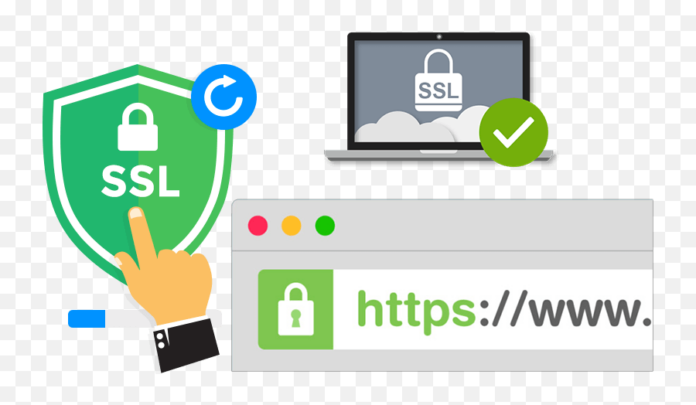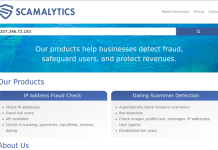
E-commerce website owners need more than outstanding products and services. They also need to offer a safe and secure website for customers.
One way to do this is to obtain an SSL certificate. This will boost user trust and establish a secure connection where people can do business with your company, knowing that data is encrypted. Hackers will not see their personal information.
Fortunately, obtaining a valid SSL certificate is not a complex process. To acquire one, consider the following steps:
Step One: Gather Your Website Information
Security certificates are issued by an SSL Certificate Authority, or CA for short. The CA will ask for specific information about your website. To make this process as quick and easy as possible, have your IP address and a current and accurate WHOIS record ready. You can find this data by using a domain lookup tool.
Step Two: Contact a Reliable and Reputable CA to Request Your SSL Certificate
Once you have your website information ready, it is time to contact a CA to get the process going. The CA will verify all of the information you give them about your website and issue the SSL certificate for your website. It is worth noting that CAs are not created equally, so it is essential to research and choose one with a proven track record of being reliable. For example, Sectigo is the world’s largest Certificate Authority, with over 700,000 customers. The company has been in business for more than 20 years and offers various SSL certificates and PKI management solutions for securing web servers.
Step Three: Finish the Verification Process
The verification process will begin once you select a CA and submit your data. If the CA representative has questions about anything related to your website or the SSL you are trying to obtain, answer as quickly as possible. In most cases, the verification process will take anywhere from a couple of hours to a few days.
Step Four: Install the Valid SSL Certificate
Once your request has been vetted and the CA has verified everything, they will send you the valid SSL certificate. When you receive it, import it to your web server and install it on your website. This is something that IT professionals can typically do within a company, or you can ask your web host for support if you are not sure how to complete this task.
Step Five: Choose a Certificate Manager Program
Once you have the SSL certificate in place, it is essential to be sure it does not expire. Investing in an SSL certificate manager program is a great way to manage all of your SSL certificates in one place. Sectigo can help with this; besides being a CA, they also offer a universal Sectigo Certificate Manager platform that helps automate your certificate management.
SSL Certificates Will Instill a Sense of Trust
Obtaining an SSL certificate is an essential task for e-commerce website owners. Once you gather your website information and contact a reliable CA, the process usually goes quickly and smoothly. Then, by choosing a trusted certificate manager, you can be sure that this vital document will not expire and that your website will inspire trust in your customers.










